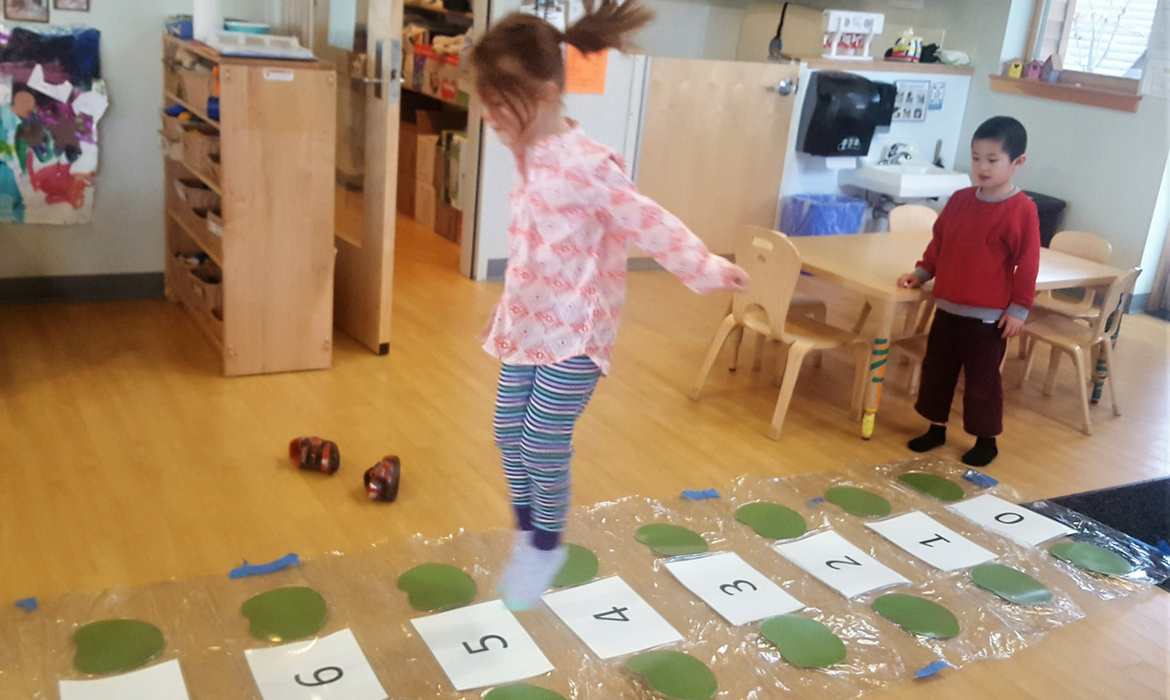How Occupational Therapists Can Help People With Autism
By Lisa Jo Rudy
According to the American Occupational Therapy Association, occupational therapy is "skilled treatment that helps individuals achieve independence in all facets of their lives. Occupational therapy assists people in developing the 'skills for the job of living' necessary for independent and satisfying lives."

In other words, occupational therapists work on a huge range of skills with people of all ages. As a result, therapists' approaches vary widely, depending upon an individual therapist's training, areas of interest, place of employment, and personal talents. In some cases, OTs stick with the basics: helping people to improve handwriting and complete "tasks of daily living" such as opening jars, using scissors, and the like. Many OTs, however, have expanded their interests and skill sets to meet a very wide range of client needs.
Why a Person With Autism Would See an Occupational Therapist
In the case of autism, occupational therapists (OTs) have vastly expanded the usual breadth of their job. In the past, for example, an occupational therapist might have worked with an autistic person to develop skills for handwriting, shirt buttoning, shoe tying, and so forth. But today's occupational therapists specializing in autism may also be experts in sensory integration (difficulty with processing information through the senses) or may work with their clients on play skills, social skills, and more.
Occupational therapists do, of course, work on physical skills. In fact, handwriting is a major focus for OTs working in a school setting. But in addition, since people with autism often lack some of the basic social and personal skills required for independent living, occupational therapists have developed techniques for working on all of these needs. For example, they may:
- Provide sensory integration interventions to help a child appropriately respond to light, sound, touch, smells, and other input. Intervention may include swinging, brushing, playing in a ball pit and a whole gamut of other activities aimed at helping a child better manage his body in space.
- Facilitate play activities that instruct as well as aid a child in interacting and communicating with others. For the OT specializing in autism, this can translate specifically into structured play therapies, such as Floortime, which were developed to build intellectual and emotional skills as well as physical skills.
- Devise strategies to help the individual transition from one setting to another, from one person to another, and from one life phase to another. For a child with autism, this may involve soothing strategies for managing transitions from home to school; for adults with autism, it may involve vocational skills, cooking skills and more.
- Develop adaptive techniques and strategies to get around apparent disabilities (for example, teaching keyboarding when handwriting is simply impossible; selecting a weighted vest to enhance focus; etc.)
How to Find a Qualified Occupational Therapist
OTs are often included as part of a comprehensive school-based or early intervention program for children with autism, and the OT may be hired by or contracted by the school district. In addition, pediatricians can help parents identify early intervention programs available through a state’s department of social services or department of health. Adults with autism may be able to access OT services through developmental disability programs or social services agencies. Very often, Occupational Therapy can be funded through health insurance and/or Medicaid.
Original Here
Should emotions be taught in schools? by Grace Rubenstein
Why Do Kids Have Trouble With Transitions? by Katherine Martinelli
How to Help Children Calm Down by Caroline Miller
Inclusion: What It Is And What It Isn’t by Karen Wang
Understanding Your Child’s Trouble With Impulsivity by Amanda Morin
What is Autism Spectrum Disorder? by Centers for Disease Control and Prevention
Autistic children’s sleep problems may stem from sensory issues by Nicholette Zeliadt
Neurodiversity: What You Need to Know by Peg Rosen
Children with autism, co-occurring ADHD symptoms lag in key measures of independence by Children's Hospital of Philadelphia
How Should a Mom React When a 10-Year-Old Calls Her a Bitch? by Beth Arky
Dyslexia Diagnosis & Treatment by Mayo Clinic Staff
Childhood apraxia of speech by Mayo Clinic Staff
What Are Some of the Causes of Aggression in Children? By Raul Silva, MD
How to Calm a Child with Autism by Lisa Jo Rudy